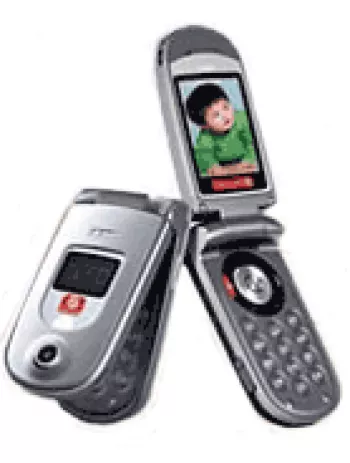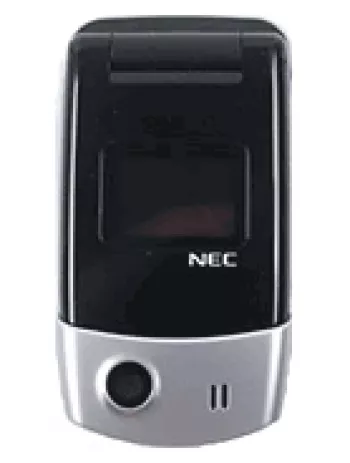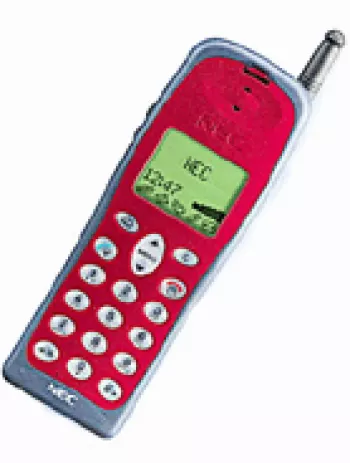
Overview of NEC N200
The NEC N200, announced in the first quarter of 2005, represents an era when mobile phones were transitioning from simple communication tools to devices that incorporated multimedia features. Despite its discontinuation, the NEC N200 remains a noteworthy model that reflects the technological capabilities and design aesthetics of its time.
Network Capabilities
The NEC N200 operates on GSM technology, specifically designed to work on the 900/1800 MHz bands. This ensures seamless connectivity in various regions where these frequencies are available. During its time, the inclusion of GPRS allowed users basic internet connectivity, although it didn't support EDGE, which was a more advanced data transmission technology available in some contemporaneous models.
Physical Design
With dimensions of 70 x 51 x 18.6 mm and a weight of just 70 grams, the NEC N200 is compact and lightweight. Its small size made it highly portable and easy to handle, fitting comfortably in the user's palm or pocket. The device supports a Mini-SIM, which was the standard at the time.
Display
The NEC N200 features a TFT display capable of displaying 65K colors, with a resolution of 128 x 160 pixels. Although small by today’s standards, this screen was quite adequate for viewing text and basic images. However, the screen size isn’t specified, which points towards a focus on functionality over screen real estate in this model.
Memory & Storage
The NEC N200 offers a phonebook that can store up to 300 entries and has a call log capacity for 20 dialed, 20 received, and 20 missed calls. There is no option for external memory expansion via a card slot, a common limitation in early mobile devices, which restricted users to the onboard storage for contacts and call records only.
Camera Features
Equipped with a VGA camera, the NEC N200 allows for basic image capturing, a feature that was becoming increasingly popular during its release. The device also supports video recording, offering users the ability to capture moving images, albeit at basic quality. There is no selfie camera, aligning with the era’s typical mobile design.
Audio and Alert Features
In terms of sound, the NEC N200 lacks a loudspeaker and a 3.5mm jack, but supports vibration and downloadable polyphonic ringtones. This combination allowed users to customize their alert tones to a degree, although the absence of advanced audio features reflects the nascent stage of mobile multimedia during this period.
Connectivity Options
The NEC N200 does not support WLAN, Bluetooth, positioning, or radio, which significantly limits its connectivity. Additionally, it lacks a standard USB port, making file transfer and device connectivity less convenient compared to other devices of its time that began incorporating these features.
Additional Features
This device supports basic messaging formats like SMS and MMS, allowing users to send text messages and multimedia content such as images. It features a WAP 2.0/xHTML browser for minimal Internet access and includes a selection of built-in games, providing some entertainment options without the support for Java-based applications.
Battery Performance
The NEC N200 is powered by a removable Li-Ion battery, a common feature that allowed users to replace batteries easily when needed. It offers a stand-by time of up to 110 hours and a maximum talk time of approximately 2 hours. The limited battery life reflects the energy constraints typical of devices with relatively small batteries, like the 700mAh featured in this model.
Conclusion
Overall, the NEC N200 is a classic example of the transitional mobile phone era, marrying essential communication functions with nascent multimedia capabilities. Although it lacks the advanced features and connectivity options found in modern smartphones, it served its purpose effectively during the mid-2000s, meeting the basic needs of communication and entertainment for its users. Its compact design, coupled with the inclusion of a VGA camera, made it a practical device in its time.
Main Features of NEC N200
- Compact Dimensions: 70 x 51 x 18.6 mm, easy to carry and handle.
- Lightweight Design: Weighs only 70 g, making it portable.
- Dual-Band GSM: Supports GSM 900 / 1800 networks.
- TFT Display: 65K colors with a resolution of 128 x 160 pixels for clear viewing.
- VGA Main Camera: Capable of taking basic photos and videos.
- Memory Storage: Can store up to 300 phonebook entries.
- Messaging Support: Offers SMS and MMS for communication.
- WAP 2.0/xHTML Browser: Basic internet access capabilities.
- Removable Battery: Li-Ion battery with up to 110 hours of standby time.
- Polyphonic Ringtones: Customizable alert types for notifications.
Key Disadvantages of NEC N200
- Limited network technology: Only supports GSM and lacks 3G or 4G connectivity.
- No EDGE support for faster mobile data.
- Discontinued status, making it hard to find support or replacements.
- No external memory card slot; limited internal memory.
- VGA camera only, without advanced camera features.
- Absence of a selfie camera.
- No loudspeaker option for sound.
- No 3.5mm headphone jack, limiting audio options.
- No support for WLAN, Bluetooth, or positioning technologies.
- Inability to tune in to FM radio stations.
- Limited battery performance with only up to 2 hours of talk time.

View Also
More Phones
All Rights Reserved +14266 Phones © Mobilawy 2025
























